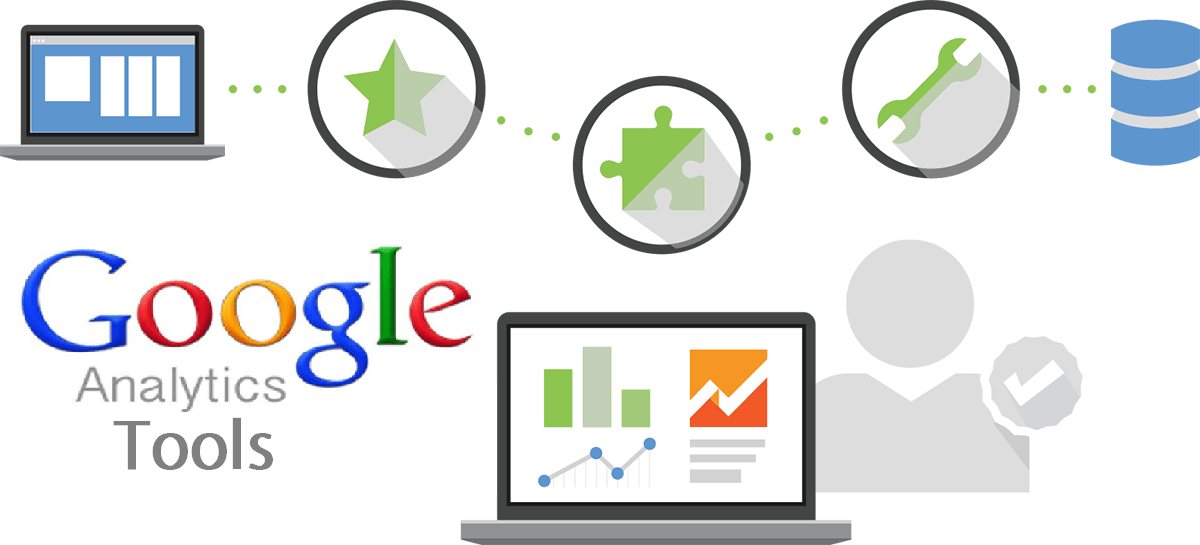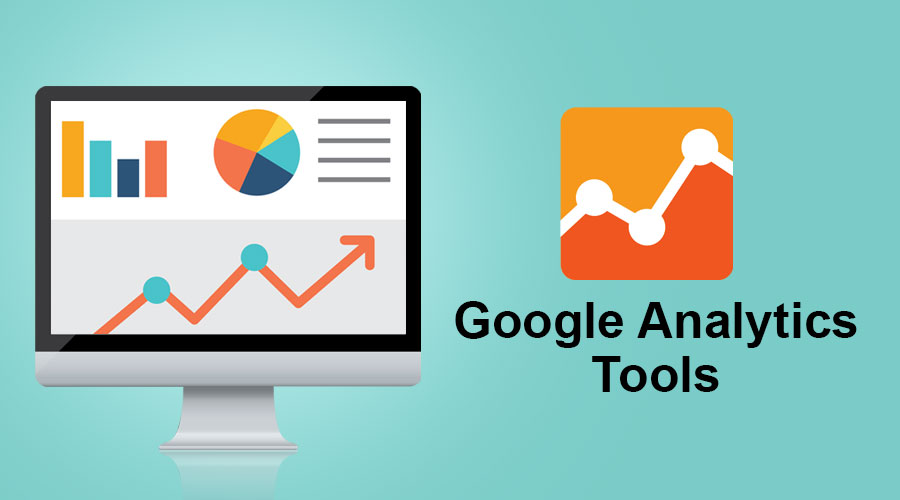Gain One-upmanship Via Effective Analytics Release
Gain One-upmanship Via Effective Analytics Release
Blog Article
Increase Performance and Productivity Through Data Analytics
In today's data-driven landscape, companies are significantly identifying the essential function of data analytics in improving operational effectiveness and productivity. By methodically assessing data, companies can uncover crucial understandings that notify critical choices, streamline procedures, and dressmaker client experiences.
Recognizing Information Analytics
In today's data-driven landscape, comprehending data analytics is essential for companies intending to enhance functional performance and drive earnings. Data analytics entails the organized computational evaluation of data collections to reveal patterns, connections, and insights that educate decision-making. By utilizing different techniques, such as statistical evaluation, equipment knowing, and predictive modeling, companies can change raw data right into actionable knowledge.
The process generally starts with data collection, where relevant information is collected from multiple resources, consisting of transactional data sources, client interactions, and market fads. This data is then cleaned up and arranged to make certain accuracy and consistency. Once the information is prepared, analytical devices and software are made use of to picture the info and check out, making it possible for stakeholders to recognize anomalies and trends.
Eventually, comprehending data analytics encourages companies to make informed choices based upon empirical evidence as opposed to instinct. It assists in targeted strategies that can enhance resource allocation, enhance customer complete satisfaction, and enhance general performance. As organizations progressively recognize the worth of data-driven understandings, a solid understanding of information analytics ends up being an important proficiency for leaders and teams alike, positioning them for continual success in a competitive atmosphere.

Key Benefits for Companies
Companies that leverage information analytics can unlock a wide variety of advantages that substantially boost their procedures and success. One of the key advantages is boosted decision-making. Information analytics offers workable insights obtained from real-time information, permitting organizations to make informed choices that straighten with market needs and consumer choices.

Additionally, information analytics promotes boosted consumer experiences. By understanding customer habits and preferences, organizations can tailor their offerings, resulting in raised complete satisfaction and commitment. This tailored method often leads to higher conversion prices and repeat company.
Moreover, information analytics makes it possible for companies to determine arising opportunities and trends. By staying ahead of the curve, companies can maximize new markets and advancements before their rivals.
Applying Data-Driven Techniques
Successful execution of data-driven strategies requires an extensive understanding of both organizational objectives and available information resources. Organizations must initially specify their objectives plainly, guaranteeing alignment in between data campaigns and strategic goals. This quality allows teams to concentrate on relevant metrics and understandings that drive decision-making.
Next, organizations ought to assess their existing data facilities. This entails examining data top quality, accessibility, and assimilation capabilities. Premium information is important for precise evaluation, as bad information can result in misdirected approaches and squandered resources. Organizations must develop procedures for information collection, cleaning, and administration to maintain data honesty.
Additionally, cultivating a data-driven culture is critical. Workers at all degrees should be urged to utilize data in their everyday procedures. Training programs and workshops can boost information literacy, encouraging staff to make educated decisions based on logical insights.
Tools and Technologies Review
A robust collection of devices and innovations is crucial for organizations aiming to harness the full possibility of data analytics. These tools facilitate the collection, handling, and visualization of data, allowing companies to acquire workable understandings.
At the foundational level, information management systems such as SQL data sources and NoSQL systems supply efficient data storage space and retrieval capabilities. For information processing and analysis, shows languages like Python and R, along with frameworks such as Apache Flicker, allow complicated estimations and maker discovering applications.
Visualization tools, including Tableau and Power BI, transform raw information right into intuitive graphical formats, making insights accessible to stakeholders in any way levels. Additionally, cloud-based platforms like Google Cloud and AWS use scalable storage and processing services, suiting the expanding quantities of data companies run into.
For advanced analytics, predictive modeling and AI-driven remedies are significantly taken on, allowing business to anticipate trends and enhance decision-making procedures. Incorporating these devices into existing process is vital; organizations that effectively leverage this innovation can significantly enhance operational efficiency and drive earnings. Thus, purchasing the right tools and modern technologies is a critical essential for any type of data-driven company.
Case Studies of Success
Leveraging information analytics has led countless organizations to achieve remarkable enhancements in effectiveness and earnings. One Visit Website noteworthy case is a large retail chain that applied predictive analytics to enhance supply monitoring. By analyzing historical sales data and client trends, the company decreased excess supply by 30%, resulting in substantial cost financial savings and boosted capital.
One more instance can be found in the manufacturing sector, where a leading vehicle supplier utilized data analytics to boost its manufacturing procedures. By keeping track of equipment efficiency in real-time, the company determined inadequacies and original site traffic jams, leading to a 20% rise in general equipment efficiency (OEE) This not just enhanced production prices yet likewise reduced downtime and upkeep costs.

These instance studies highlight exactly how data analytics can drive critical decision-making, enhance processes, and inevitably improve both efficiency and productivity across various markets.
Final Thought
In final thought, the combination of data analytics right into organization procedures offers significant possibilities for boosting effectiveness and success. By systematically examining data, organizations can recognize ineffectiveness, optimize customer experiences, and make informed decisions.
In today's data-driven landscape, recognizing data analytics is vital for organizations aiming to enhance operational efficiency and drive productivity. Information analytics involves the systematic computational analysis of information collections to discover patterns, correlations, and insights that notify decision-making. Data analytics gives workable insights derived from real-time data, enabling services to make educated options that align with market demands and consumer choices.
Top quality data is vital for precise evaluation, as inadequate information can lead to misdirected methods and squandered resources. Organizations should establish processes for data collection, cleaning, and management to preserve data honesty.
Report this page